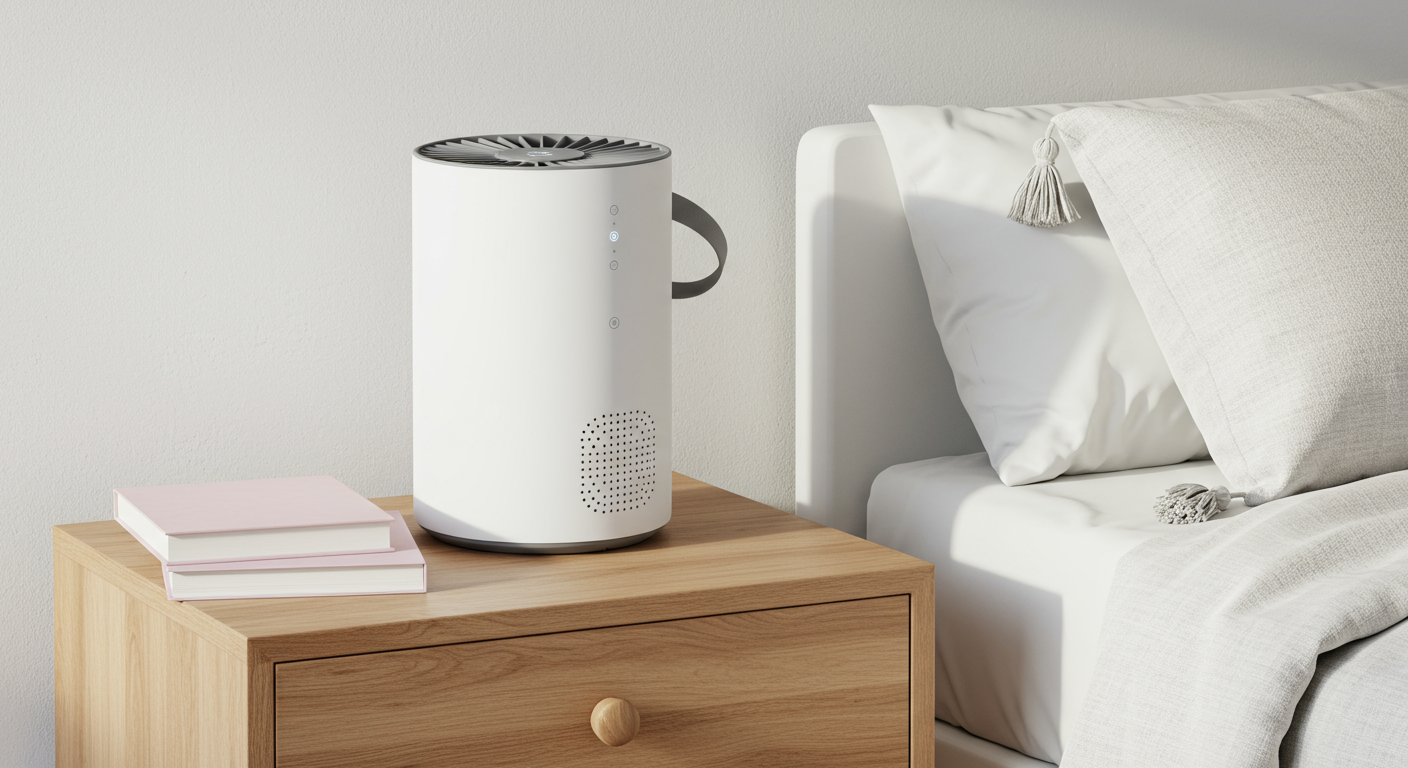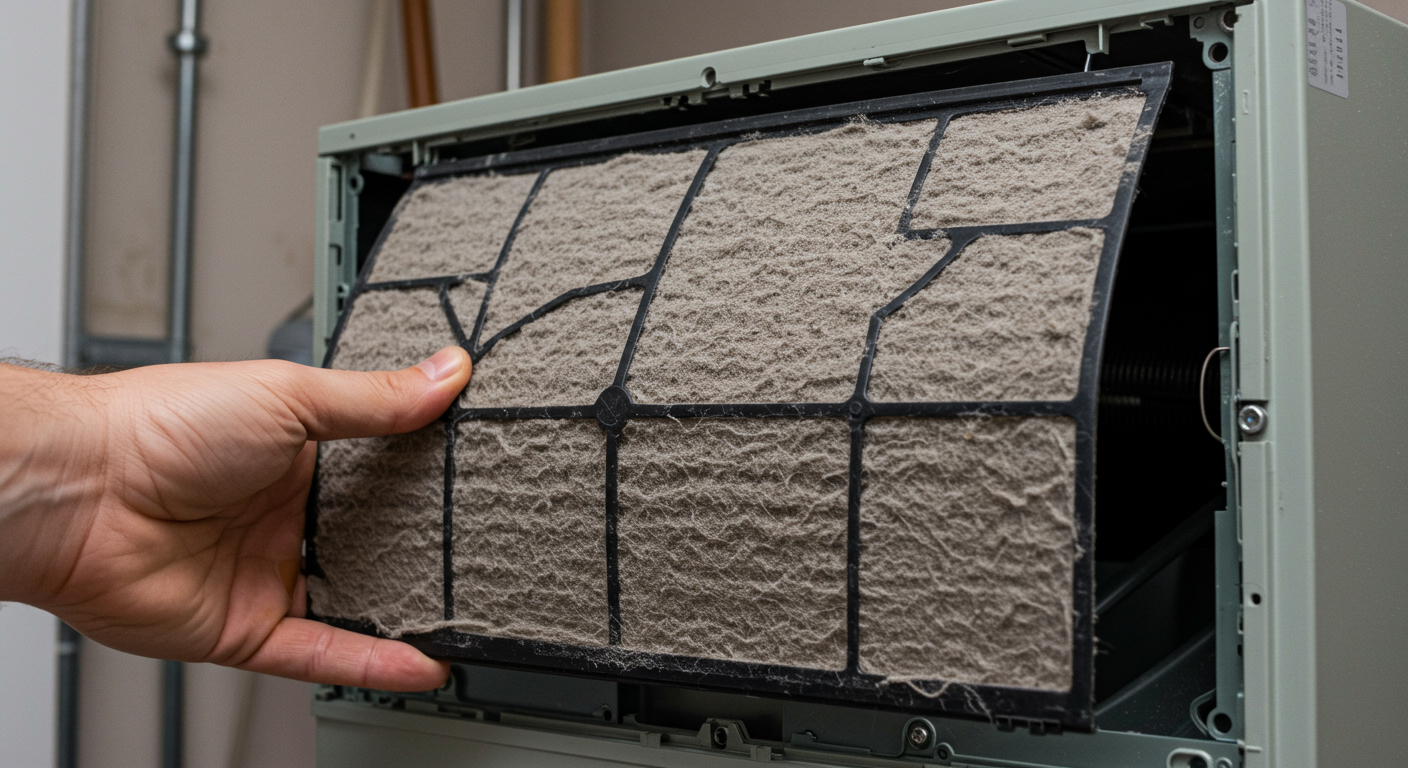What You Need To Know About Air Filters


While experiencing all the smoke in the air, my husband and I decided it was time to change the air filters in our home after having replaced them only three months ago — We were amazed at how much dirt the filters had collected. For more advanced filtration, there are a myriad of portable air filtration options and when installing a new furnace, consider having an air-cleaning device installed in the HVAC system.

Inhalation of airborne particles is linked to coughs and respiratory irritation, as well as more serious long-term consequences including lung disease and cancer. Babies, young children, older adults and people with asthma—the very people most likely to spend more time indoors—are most susceptible these health risks.
Though no air filter alone will fully clean the air, you can improve the quality of the air in your home with filters installed in your central heating and cooling system, or with a portable air purifier.
Since large volumes of air circulate through central air systems, a well-maintained central filtration system with a high-efficiency filter may have the greatest impact on indoor air quality.
Filters are rated by standards that measure particle removal efficiency—known as the Minimum Efficiency Reporting Value, or MERV. The MERV ratings range from 1 to 20, with higher number ratings removing finer particles at greater efficiencies. Particles smaller than 10 microns—or one-seventh smaller than the width of a human hair – can pass into the lungs when inhaled. Finer particles, 2.5 microns and smaller, can penetrate deep into the lungs.
Central forced air systems are typically fitted with a one-inch-thick panel filter. These basic, flat filters are quite inexpensive, but remove less than 20 percent of particles. These filters are rated MERV 1 to 4, and are not designed to improve indoor air quality. Upgrading to a higher efficiency filter is recommended, since these filters are ineffective at removing contaminants.
Some filters sold online or in stores may have their own rating systems, so you may have to contact the manufacturer.
Medium-efficiency filters are usually composed of a pleated, woven material and are rated MERV 5 to 8. The pleats create more surface area to trap particles. Some of these filters are washable and reusable, but can become ineffective over time as they can’t be thoroughly cleaned.
Some medium-rated filters also use static electricity generated by the airflow to trap particles. It is important to change this type of filter frequently as the charge may decrease with use.

High-efficiency filters remove finer particles in the 1 to 3 micron range. Filters with MERV ratings of 9 to 12 cost more, but are still relatively inexpensive. You should have an HVAC technician inspect your central air system before you upgrade to a filter rated MERV 9 or higher.
Filters rated MERV 13 to 16 are highly efficient and remove very fine particles. They are becoming more common for residential use, but usually can only be installed in central air systems designed or upgraded to accommodate them. Some newer homes are now designed with central air system ductwork to accommodate true HEPA filters, rated MERV 17 and up, which remove 99.97 percent of particles down to 0.3 microns.
If your home does not have a central heating and cooling system with filtration, and you have already taken steps to minimize contaminants, portable air filters are a good option.
These devices remove particles from the air by capturing them in filters or with electrostatic attraction. Some air cleaning devices use ultraviolet lamps to inactivate some airborne pollutants—like viruses, bacteria and mold—but they may not be effective and can be difficult to maintain. As portable filters are designed for single room use, they have a limited capacity to filter air. And according to the EPA, these devices may not be effective at reducing health risks for the most sensitive populations.
Below are our tips for choosing the best portable air cleaner:
All tips reposted from EWG.
Additionally, while we don’t normally think about smoke and carbon monoxide detectors, now more than ever is a great time to make sure yours are in place and working!
Our team is committed to serving all your real estate needs while incorporating safety protocols to protect your loved ones. As we all navigate this together, please don’t hesitate to reach out to us with any questions or concerns. We’re here to support you. Contact us here.
—Maya


Seasonality in the housing market was incredibly steady before the pandemic. Prices typically rose from January to June, when inventory was low but rising, and then fl… Read more

The driving force behind the substantial price increases over the past two years has been the supply of homes, or lack thereof. So, will the housing shortage reverse? … Read more

As your local real estate experts, we feel it’s our duty to give you, our valued client, all the information you need to better understand our local real estate market… Read more

Happy early Thanksgiving! Please read below our market update for the month of November. In addition, as your local real estate experts, we feel it’s our duty to give … Read more

Welcome to our October newsletter, where we’ll explore residential real estate trends in Silicon Valley and across the nation. This month, we examine the state of the … Read more

During this time of the year, we are starting to enter the Fall market. The market is still very strong with limited inventory in our local markets. Strong sales are s… Read more

Welcome to our August newsletter, where we’ll explore residential real estate trends in Silicon Valley and across the nation. This month, we examine the state of the U… Read more

As your local real estate experts, we feel it’s our duty to give you, our valued client, all the information you need to better understand our local real estate market… Read more
You’ve got questions and we can’t wait to answer them.